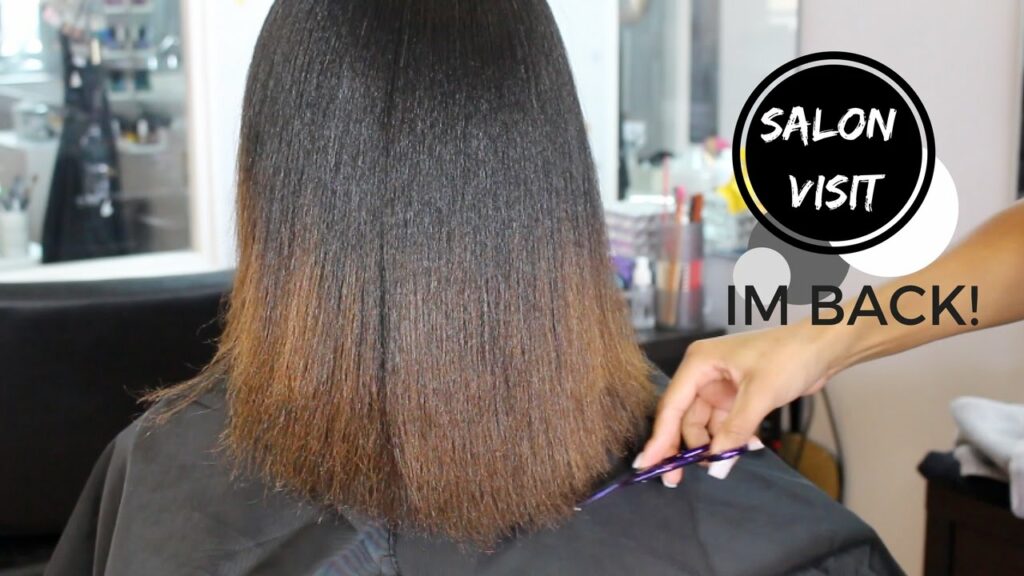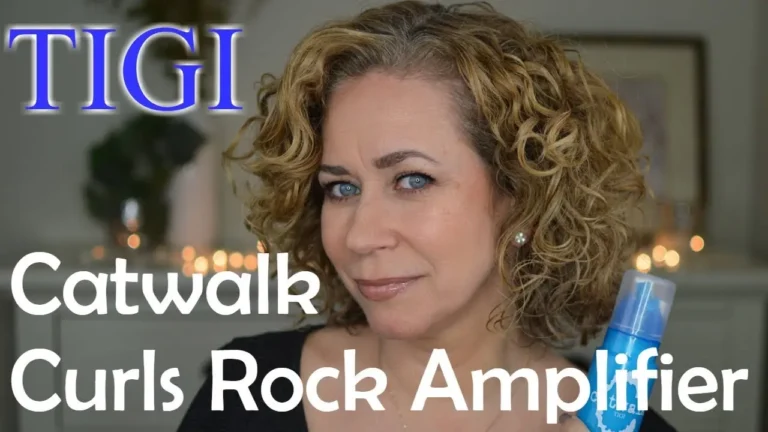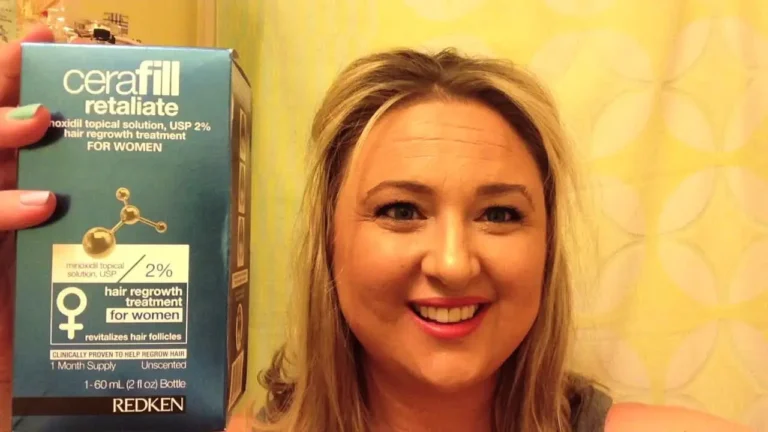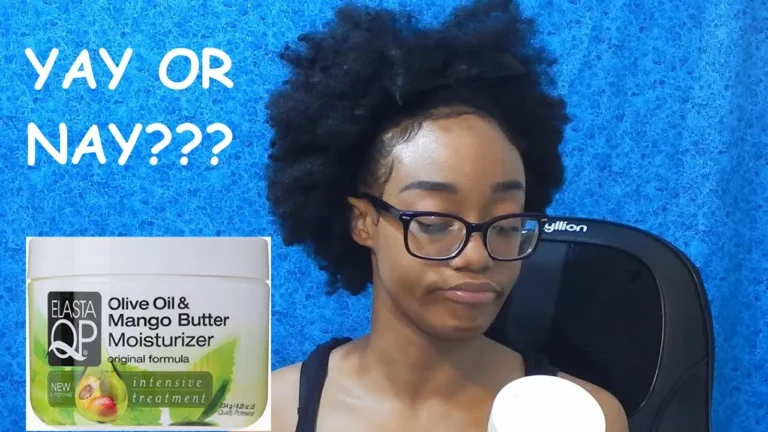
Does Protein Treatment Straighten Hair
Protein treatment doesn’t permanently straighten hair, but it does make it more manageable. For that, you would need to use a permanent straightening treatment because that will be the only thing that alters the structure of your hair.
If you have straight, wavy, or curly hair, the keratin treatment will reduce its frizz. This is why your hair will likely look straighter afterwards.
However, the effect of straightening lasts only two weeks with average washing frequency. Higher frequency will lead to an earlier return to the original curl pattern.
If your curls are feeling weighed down and listless, then follow these expert tips to get them back on track!
Why does your hair need a protein treatment?
Our hair naturally contains protein, but exposure to environmental conditions & product buildup can cause a loss of it over time.
The primary benefit of a protein treatment is it will help to strengthen your hair and nourish the scalp.
Do you have any other hair-related expectations that we missed?
This will require a permanent straightening treatment which changes the molecular structure of the hair permanently. It’s a reasonable alternative to getting a perm
I will illustrate this by telling you the story of two of my clients: Agustina and Jeni.
Agustina is a 17-year-old who is full of energy and has waves in her hair. However, she takes very little care of her hair.
She flat irons her hair more than three times a week. She should use deep moisturizing hair masks instead to counteract the thermal damage.
Jeni is a 20-year-old girl. She was born in a small fishing village in the south of Brazil.
Besides the fact that I love her name, which means ‘born of the moon,’ I admire how dedicated she is to her afro.
Agustina was looking for a way to nourish her hair and eliminate frizz. She also had difficulty with her otherwise relatively straight hair being wavy so she wanted to straighten it.
On this occasion, protein treatment was done by sealing the keratin with heat
I recall that in Jeni’s case, things were completely different
She loves her afro hair, but it needed more care than a hair mask would give.
Therefore, she applied a protein treatment without heat. If she had applied a protein treatment like keratin, even for a few weeks, her curls would have been looser. She can’t go a day without her curls
Can you see the difference?
There are many hair protein treatments on the market that can meet all of your hair needs and expectations
So, to avoid any doubts, I’ll be categorical.
PROTEIN TREATMENT MAY TEMPORARILY STRAIGHTEN HAIR
One of the positive attributes of this treatment is that it temporarily straightens hair.
Why?
Because many protein treatments are applied with heat, both a blow dryer and flat iron are used.
So, what can you expect from protein treatment?
- Frizz-free hair
- Shine
- Docility
- Softness
- Resistant hair
- Less hair breakage when brushing it
Protein treatments can provide a variety of benefits, including straightening. Keep reading to learn about the other benefits a protein treatment may offer.
To change the curl structure permanently you will need a different type of treatment such as extra strong straightening.
If you are looking for a protein treatment that won’t change the look of your afro hair, you have to ask for one. In this case, the stylist will use standing dryers so that the nutrients can bind with your hair.
So, we come to the second conclusion
PROTEIN TREATMENT AND HAIR STRAIGHTENING ARE TWO DIFFERENT THINGS
- Protein treatment repairs and nourishes the hair.
- Straightening, meanwhile, changes the internal structure to achieve the straight effect
You need to be clear about this difference if you are not satisfied with the implications
The protein treatment will make your hair super soft, shiny, and manageable. Your hair will feel stronger and more elastic. It may even seem straighter for up to two weeks.
Straightening will make your hair look smoother and shinier. This may make it lighter and more prone to tangling and making your scalp more oily.
Why?
The protein treatment nourishes the hair because it absorbs the proteins. On the other hand, straightening is an aesthetic treatment that “laminates” by closing and sealing the cuticles.
People often confuse protein treatment and straightening. Protein treatment happens on the inside of the hair while straightening happens on the outside and makes it straighter.
CONCLUSIONS
Protein treatments are great for people who want an intensive treatment that provides temporary straightening. You’ll get rejuvenated, hydrated and nourished hair without the need to put in any effort.
However, if you want to keep your afro curl pattern and avoid the flat iron, opt for a protein treatment instead.








Comments are closed.